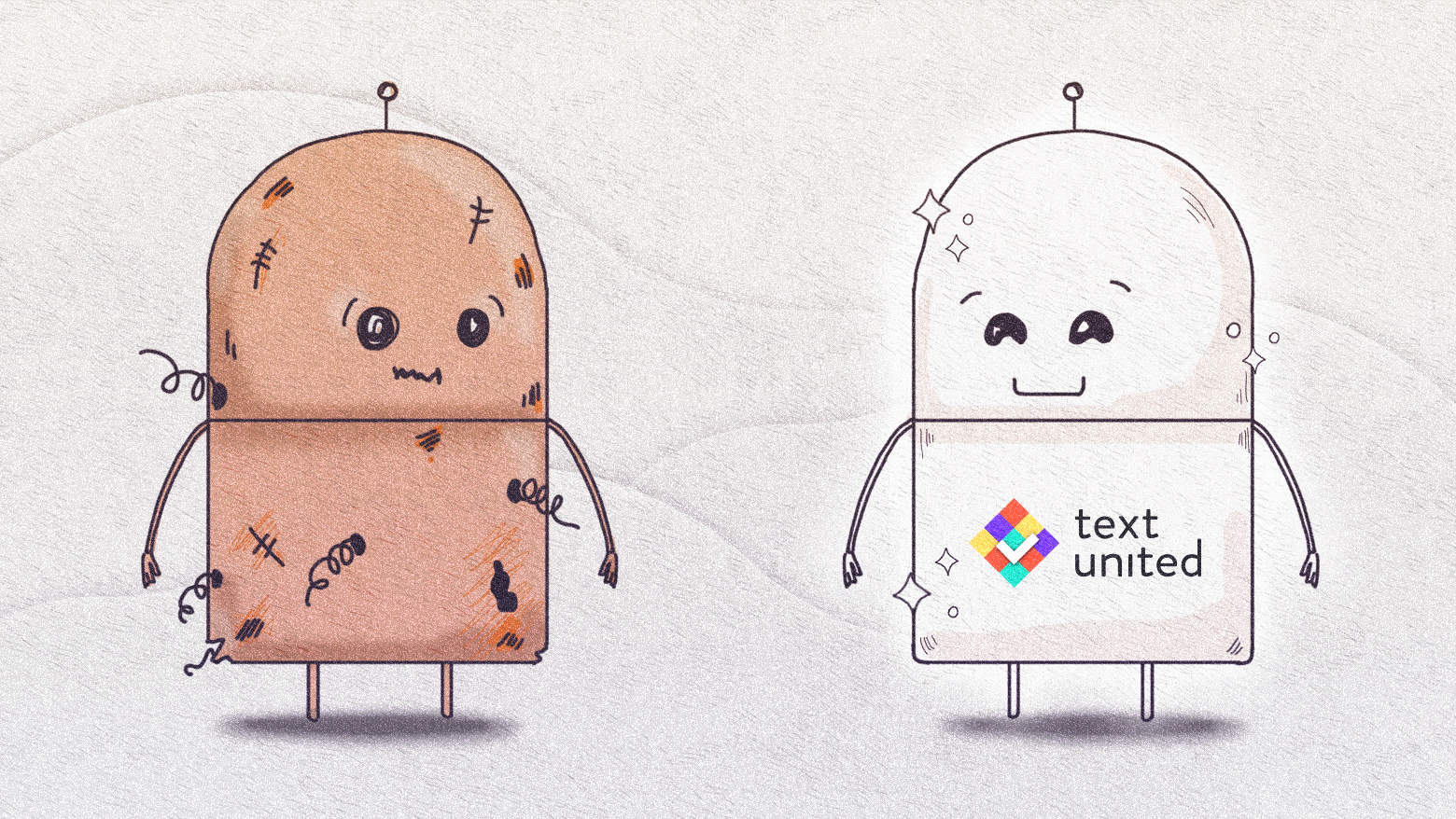Nowadays, machine translation has become an everyday approach for many of our clients. It comes as no surprise – you can get a reasonably understandable text, which then can also post-edit if you feel like improving it further. The edited translations can be then also saved in their translation memories and re-used in new translations.
However, reaching this point, and using this feature successfully, means overcoming a few hurdles along the way. The first thing you need to understand is that machine translation engines have come a long way in the past couple of years. Engines used to be mostly statistical, switching to neural machine translation ones. This means that the engines are now trying to understand sentences and context.
Is machine translation the biggest trend in the translation industry?
Yes! This does not mean, however, that machine translation engines can now translate literary works and fully replace human translators. This only means that the quality has improved significantly and that such content can now be post-edited by a native speaker to create a better version of the translation for most types of content (like technical manuals, catalogs, documentation, etc.).
Even with the large strides machine translation engines are constantly making, there are ways for us, as content creators, to make their lives easier. This will, in turn, reduce the amount of time your reviewers need to spend on editing the machine-translating content. Better quality, less time spent on fixing translations and lower costs – this should make everyone happy. Let’s see what we can do to reduce the workload of everyone involved in translation projects, whether machine or human, namely, how to optimize content for machine translation?
#1. Keep it short
Do not use long and complicated sentences. It has been 40 years since many industries, the aviation industry among others, starting implementing Simplified Technical English.
The goal was to improve the readability for all speakers of the English language and to reduce the costs of translation from and to the English language. Other proposals for simplifying content include the use of the active voice, to avoid confusion, as well as checking for spelling mistakes, etc.
#2. Keep it simple
Do not use complex phrases or colloquialisms in your content if you want to optimize it for machine translation. As we already mentioned, modern machine translation engines have improved, and they might successfully translate some phrases, but why would you even create potential problems for yourself, if you can avoid them?
#3. Check for context
If you are translating software or websites, you need to think about the context, and where content is displayed. If you have buttons, keep in mind that the content might expand (or shorten) in certain languages. Will the button still be readable, or will your users face problems?
Very often content is also hard-coded, meaning that it’s not actually editable.
If you, for example, translate a page on a website and have an image of a table with important information, you need to remember that this will not be localized into the target languages of your choice.
Optimizing the content for machine translation can be easy!
Of course, these are just the basic tips and tricks to create content that can be easily machine translated. Every company and every type of content is very specific.
If you want to talk about your content and needs, feel free to reach out to us! As always, there are no strings attached. We are always glad to help and discuss new and interesting topics.
Want to save on machine translation?
If you already know that you will use machine translation or post-edited machine translation repeatedly, we encourage you to try it out with a new translation service launching soon under the umbrella of Text United. It is the fastest and the most affordable online translation service – more details to come very soon!

